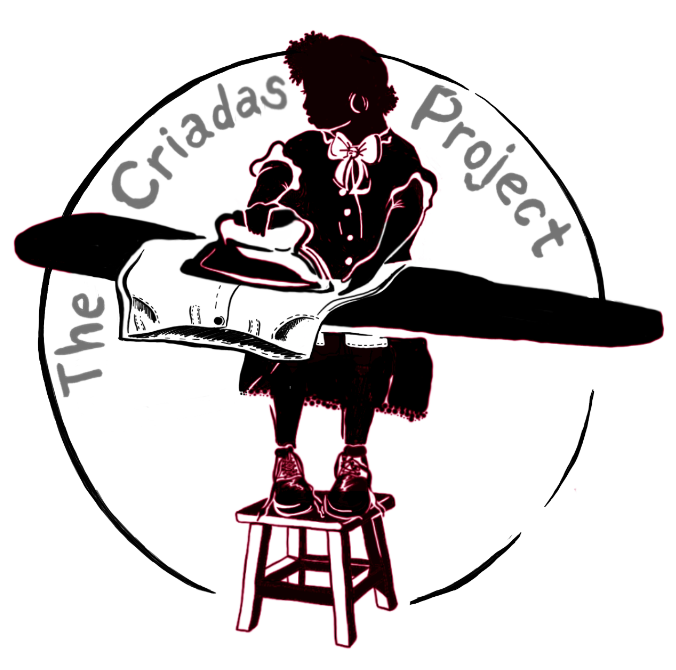
The Criadas Project
The Criadas Project was borne out of an attempt to forefront the lives and biographical data within the notes of Fernando Píco that oftentimes were left in the background. By focusing on and working with the data to construct a better understanding of who would be considered some of the most vulnerable members of Puerto Rican society in the 1900: poor Black girls and women. Our research questions matured, developing from “what were the lives of Afro-Puerto Rican women and girls like during pre and post-emancipation?” to “how does race-and-gender change for these (Afro)Puerto Rican women over time?” and “what does this tell us about Puerto Rico’s relationship with the United States?”.
The Libertos Project
How did the freedpeople of Puerto Rico respond to the conditions of their unfreedom, particularly the imposition of a three-year labor contract mandate, in the wake of abolition? The Libertos de Puerto Rico Project makes accessible to Puerto Rican public in the archipelago and the diaspora general and detailed information about the abolition of slavery in Puerto Rico. In addition to the core elements, from the text of the abolition law and its subsequent regulations around the post-emancipation contracting mandate, this digital humanities project begins to answer the larger question of how the libertos of Puerto Rico responded to the conditions of their lives and labor after emancipation - by mapping the stories of freedpeople who shaped what freedom meant for themselves and others in the colony.
The Registro Project
Through public records preserved by the National Archives and Records Administration, the Registro Project, has transcribed and analyzed more than 1,400 demographic entries of enslaved people from the 1872 Registro Central de Esclavos. The current dataset includes information about enslaved people from the towns of San Juan, Trujillo Alto, Trujillo Bajo, Naranjito, and Dorado. Additional municipalities will be transcribed, analyzed, and added to this dataset. The ensuing DH project creates an accessible webpage for scholars, community organizations, and other folks interested in Black Puerto Rican history to search through names, regions, birthplaces, and other criteria related to the people in these records. Additional context will be provided through historical background, charts, and images to provide visitors with the tools for informed engagement.



